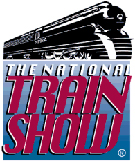In HO Scale
Click on image for uber-large view….
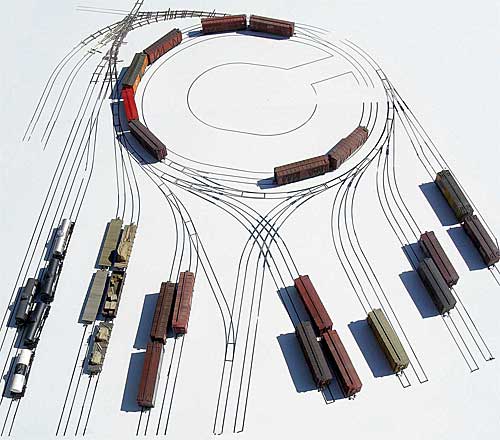
I had the track plan plotted out full size for HO scale to get a feel for the size of the completed layout. Here is a shot with some HO cars and the completed sections of track placed on it.
Its actually larger than I thought, especially the curved freight house in the centre, which scales out to 25″x22″.
I have almost completed the design of the 4th and 5th sections and hope to build these this week sometime. I will post some pictures of the design work as soon as they are complete.

-Tim
Building the Bronx.
Finally.
Four years ago I sold a locomotive I no longer wanted, and with the extra cash I decided to buy something I normally wouldn’t. I went down to the local hobby shop and bought a book that caught my eye, “Where the Rails Meet the Sea”. Mainly due to a picture of a very interesting freight terminal that was once in New York.
The more I studied it the more intrigued I became with it (ok, maybe obsessed). The complex trackwork was hard to believe! An entire rail yard, freight house, car ferry and engine house in about 1 acre.
I had to build it. Fortunately for me online there was a pretty good track diagram of it, but little else. I studied the track plan for quite some time and decided to re-draw it accurately in CAD.
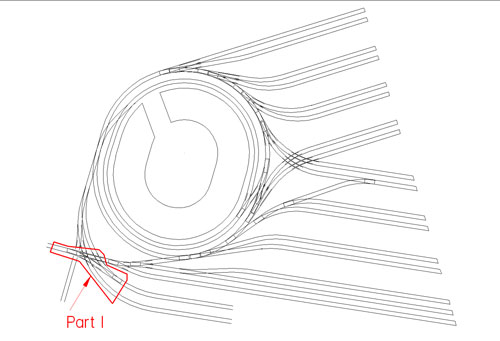
Building the trackwork would be an extremely difficult task. Possible, but likely well beyond my skills. For a while I had been tossing around the idea of making a fixture to assemble turnouts at the workbench, and thought this approach might work well for something like this.
I spent a bit of time contemplating how to make a fixture and worked out some of the details to manufacture a prototype. I did a few test tries on some scrap wood.
The initial tests worked quite well, and I built a few #6 turnouts with it. I was quite impressed myself, and decided to use the fixture to build turnouts for my Port Kelsey which I was just getting started on. Well to make a long story short, a few people spotted the fixtures and wanted one for themselves. Ron, my brother also saw an opportunity with them and offered to bring them to market online. And Fast Tracks was born.
Four years has gone by and still no Bronx Terminal. Until now.
I don’t have much in the way of an overall image of the terminal. I do have one, but it is packed in a box somewhere as I still haven’t unpacked all my model railroad stuff after our latest move. Once I locate it I will post it on the site. For now, you will have to refer to the track plan. Tonight I completed the first piece of the Bronx puzzle, the triple lapped turnouts at the engine house end of the facility. This is on the lower left hand side of the drawing. The three lapped turnouts are the most complex portion of the trackwork, and I should have started with something simpler, but I was looking for a challenge.
Update – Image found
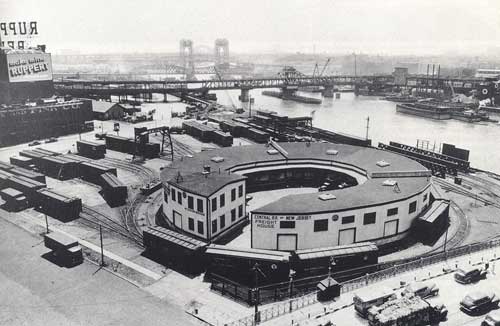
Below is a 3D model I made of the portion of track I started with…
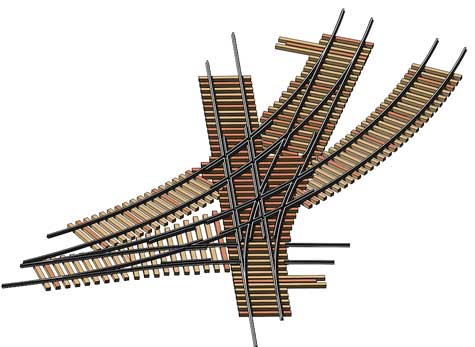
Image Copyright (c) 2007 Tim Warris
and the completed trackwork…
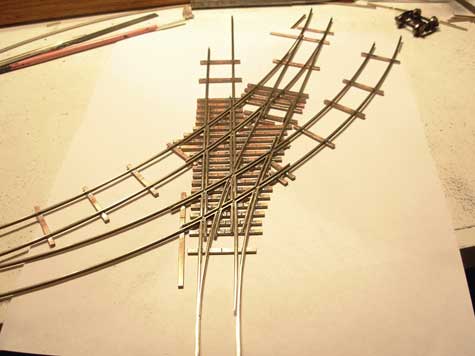
Image Copyright (c) 2007 Tim Warris
Here is a shot of the real thing.
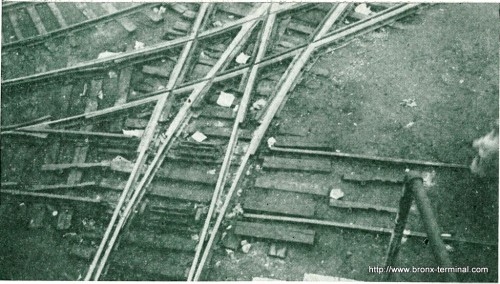
If you look closely at the image above two rails can be seen protruding from the right side of the lower turnout. These rails led into the engine house and never actually crossed through the turnout, they crossed over it. To get to the engine house the crew had to lay steel rail across the top of the turnout, and drive over it! I am not making this up, they actually did this for decades. If you look close, a support can be seen in the middle of the turnout for the rails. The portable rails can be seen on the lower right side of the image.
If you look closely at the lower left front of the engine in the large version of this picture below (click on the picture) the engine is sitting on these pieces of rail on top of the turnout.
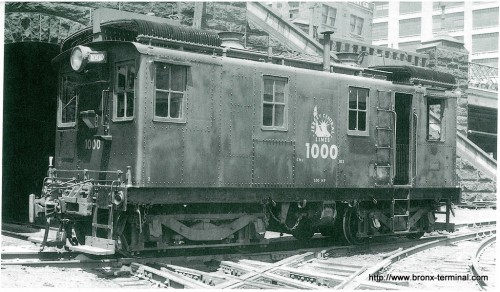
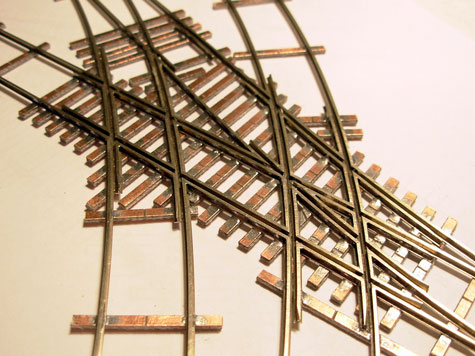
Image Copyright (c) 2007 Tim Warris
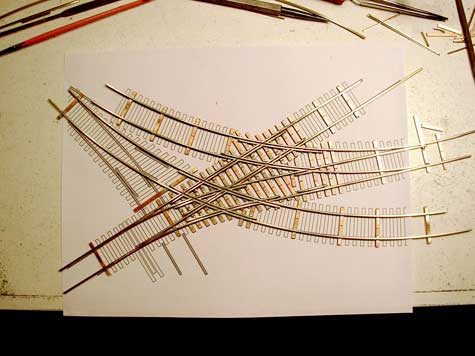
Image Copyright (c) 2007 Tim Warris
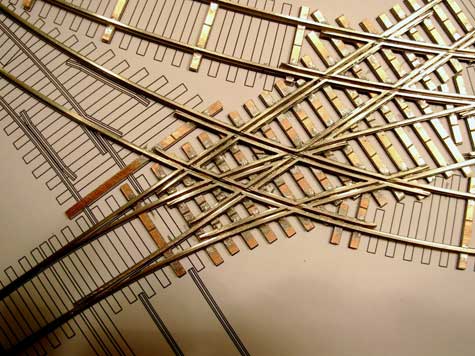
Image Copyright (c) 2007 Tim Warris
Here is a short video showing a set of wheels rolling through the complex trackwork. It operates extremely smooth, I am very excited with how it turned out and am looking forward to the next piece of the Bronx puzzle. Click on the right facing black arrow to start the video.
On to Next Section
Update – Nov. 25, 2008
Construction Posts Index
Since there are lots of posts on this blog that are not necessarily related to the building of the CNJ Bronx Terminal, relevant posts about just construction can be tricky to follow.
To help make it easier to follow along with the building of the layout, I have added a “Next Section” link to the end of each post that deals with the build. Simply click on that link to move onto the next post. You can follow these all the way to the most recent relevant post.
I have broken down the posts into the following categories, in order from the beginning to the most recent:
Lotsa Pictures! Be patient until they all load.
Click on images for larger versions….
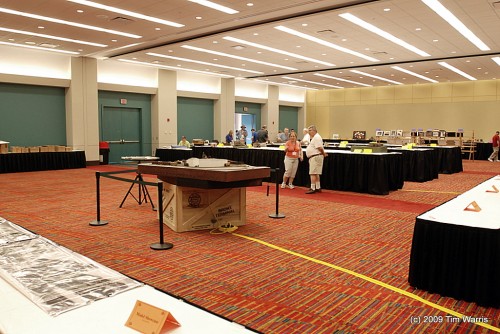
The first batch of pictures from Hartford are of some of the fine models on display in the contest room. This is the same room where I set up the Bronx Terminal on Monday and operated it during the week. While technically the contest room, it really is a room for people to come and browse all the items on display and socialize. I had the layout here until we moved it down to the Train Show on Thursday right after the awards presentations.
I’ll provide a bit of narrative for the models I know something about, the others are just images of some on display that caught my eye.
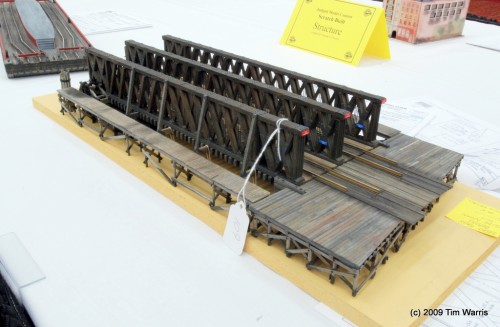
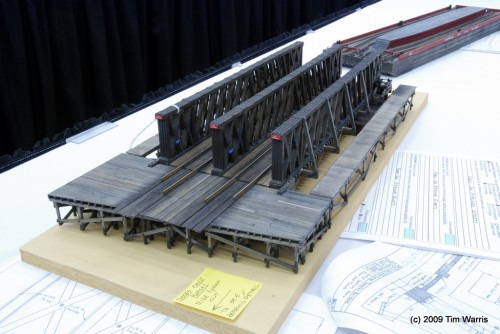
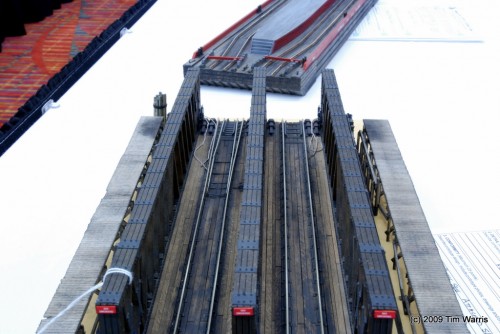
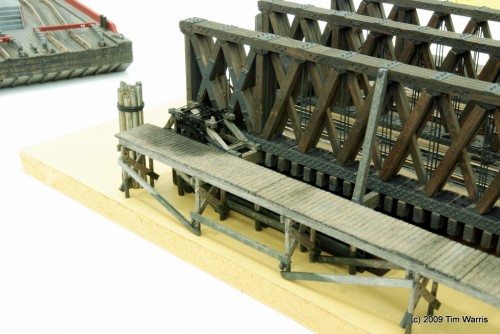
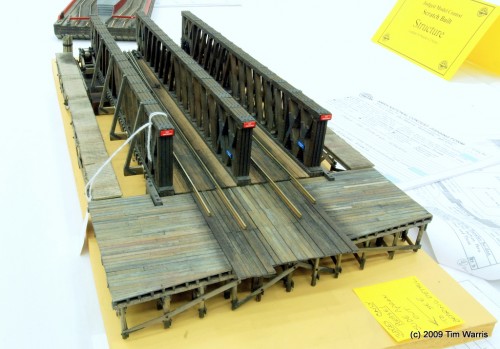
This fantastic HO scale model of a Howe Truss float bridge was built by Tom Griffiths. I received a set of drawings for this float bridge about a year ago and wondered who “T. Griffiths” was, as that was the name at the bottom of all 26 pages of hand drawn plans. This model was built by him. The drawings were made in the late 70’s early 80’s and according to Tom the model was started then. It sat for 35 30 years until he finished it up last year. I know, I had to do the math to to actually believe that the early 1980’s was 35 30 years ago. Geez.
Anyway, the model is exquisite, right down to the thousands of nut and bolts. It is a dead on match to the drawings. I tried to convince Tom that it would look good on my layout as it is the exact model I need….
I plan on building one of these in the next year, I hope I can get it to turn out as good as Tom’s. He took home a lot of awards for the model, 5 or 6 I believe. All deserved.
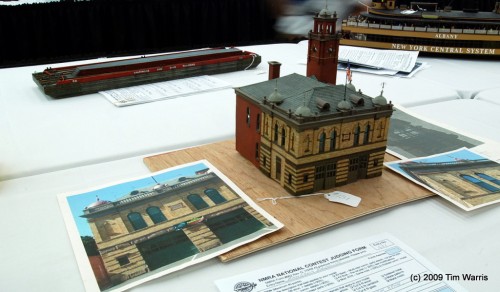
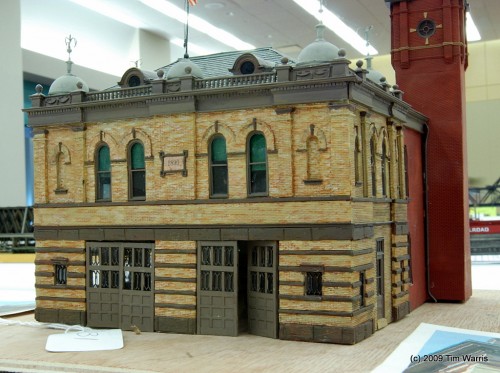
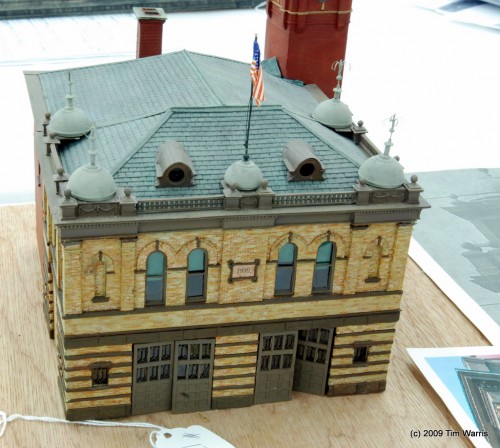
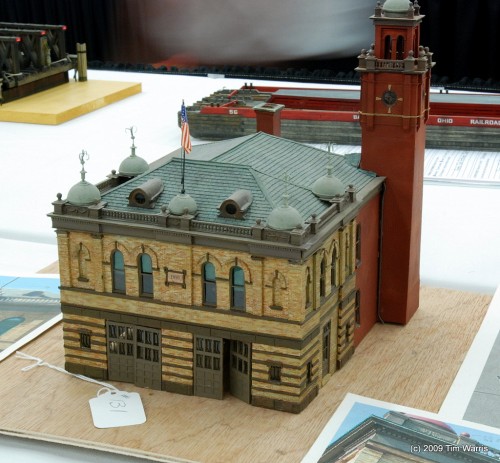
This building was built by Earl Smallshaw. A very good looking model of a brick firehouse. It was very well done although I am not sure how well it did in the contests. When the awards were being given out I was quite busy setting up for the Train Show.
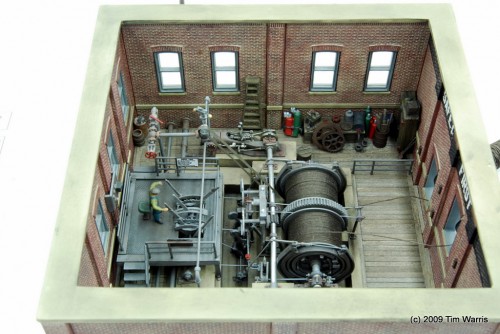
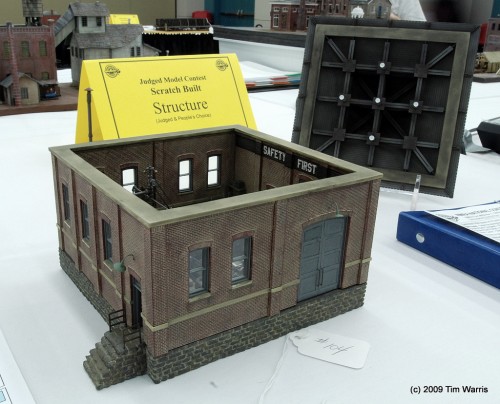
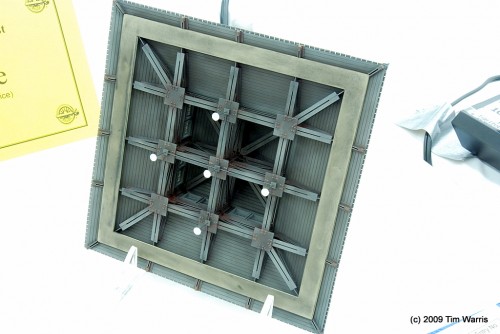
I don’t know who built this model, but it was very well done, especially the detailed removable roof. Perfect colouring.
Update – This was built by Chuck Diljak and received an honourable mention in the structures scratch built class.
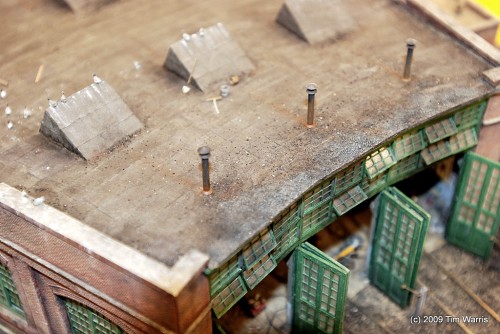
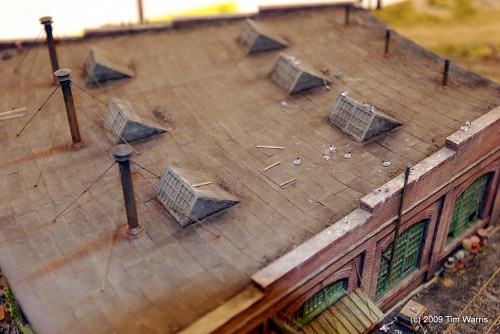
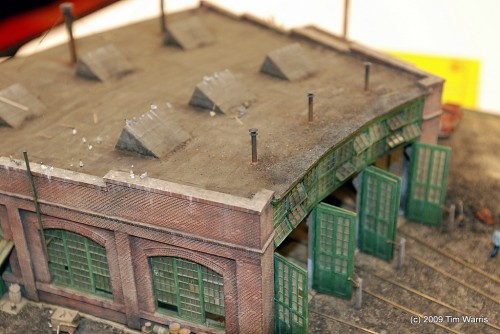
This roundhouse model won best in show. While I felt there were better models on display, it was very well done. I espeically liked how he finished the roof, it was very convincing. For some reason I didn’t photograph the whole model, only the roof.
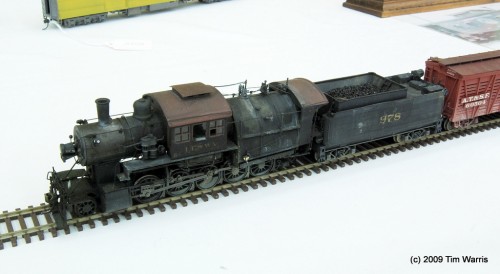
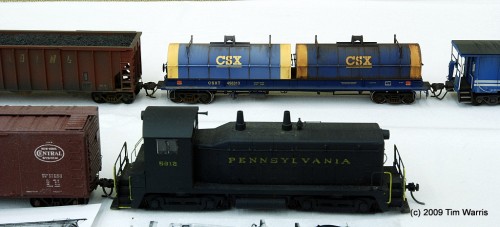
A couple of well weathered pieces of equipment. The CSX car was especially well done.
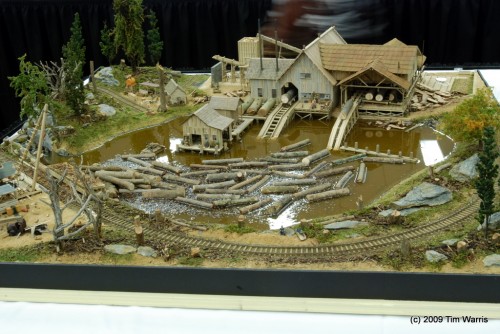
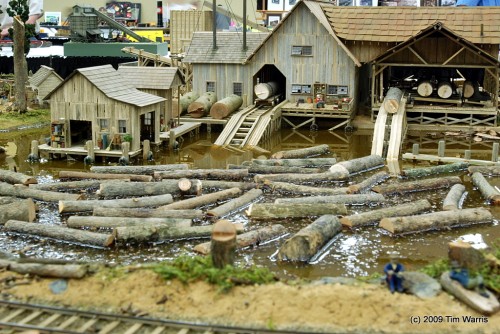
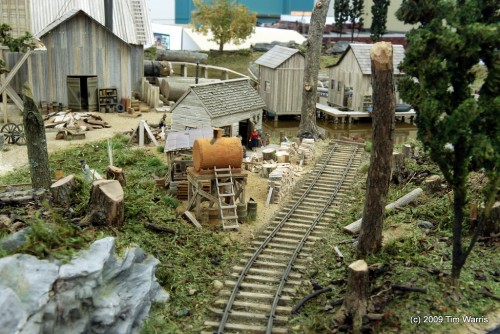
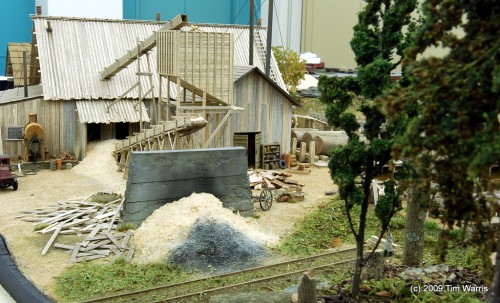
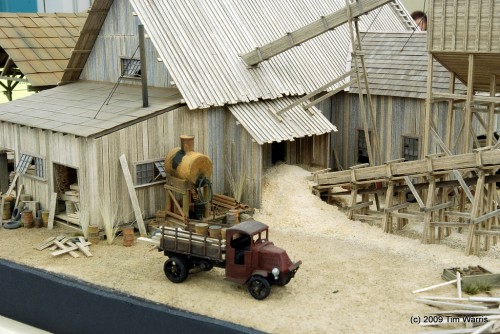
This beautifully constructed sawmill was built by Carl Laskey and took first in the diorama kit class. It was a huge model and fully detailed.
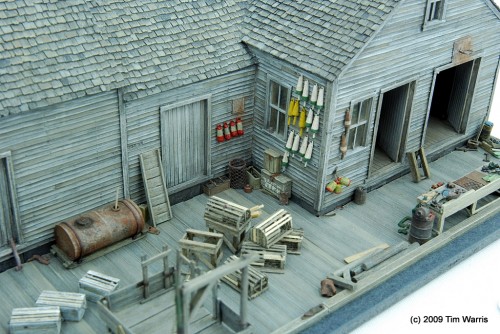
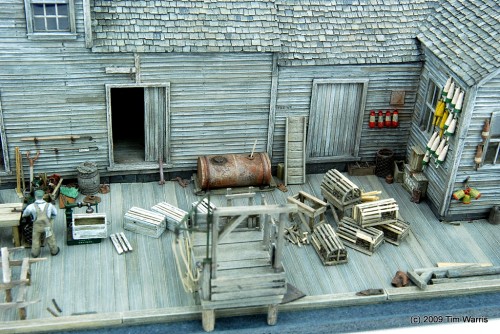
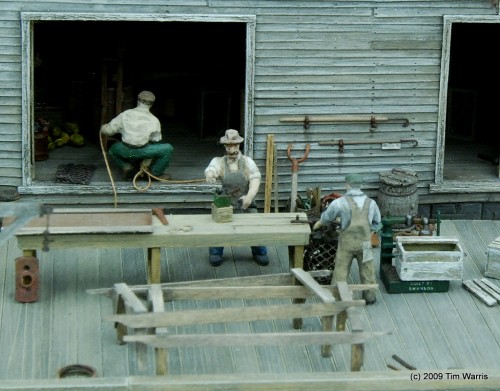
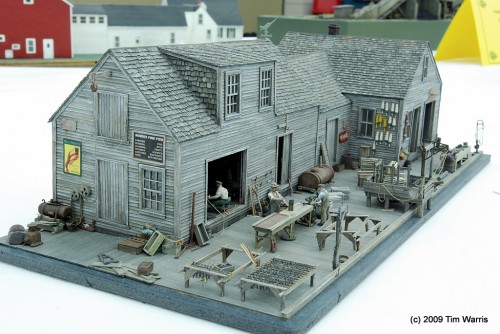
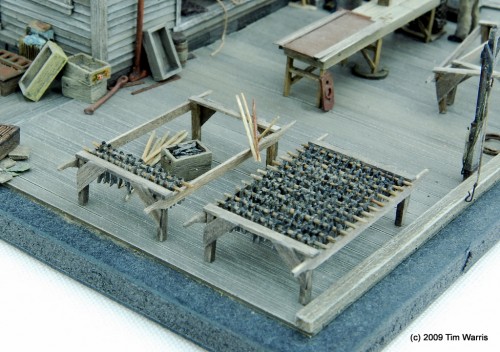
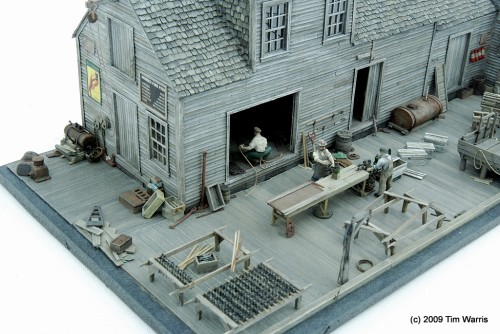
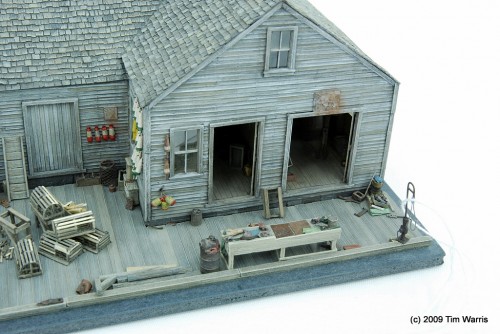
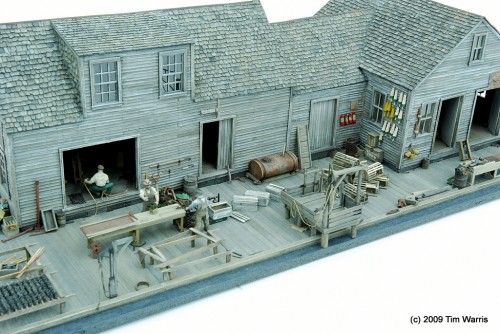
This fish seller model was by far my favorite. I had this pegged for the best in show, but surprisingly it only got an honorable mention. Built by Sam Swanson I felt this was an extremely well built model. The quality of the colouring and level of detail was impressive, right down to the bemustachioed fish mongers. A detailed rack of drying fish can be seen off to one side. Keep in mind that this is in HO scale.
The rust effect on the oil drum is beautiful.
I am very curious why it didn’t place higher.
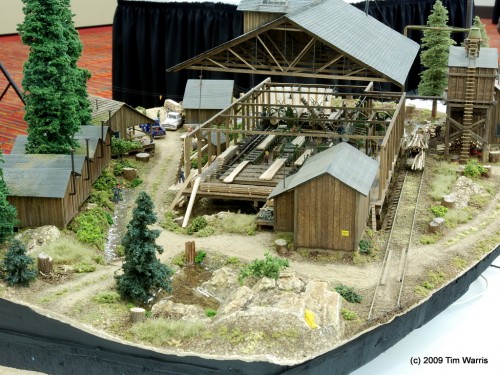
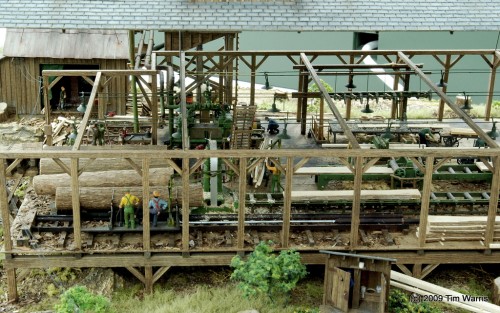
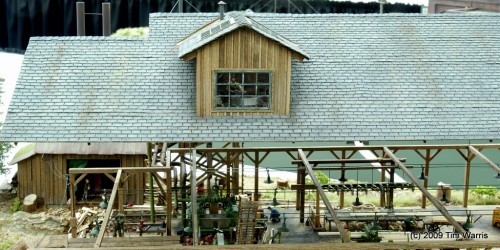
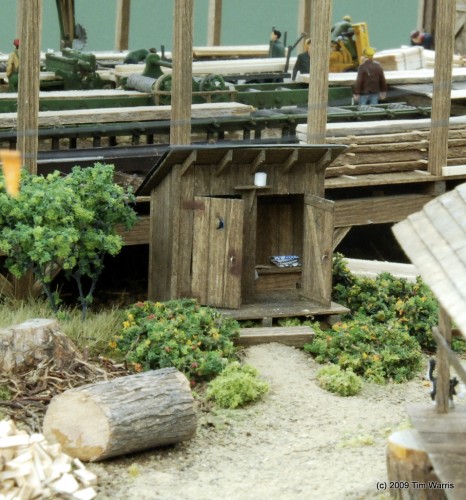
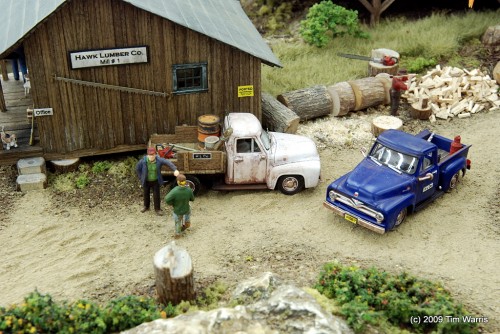
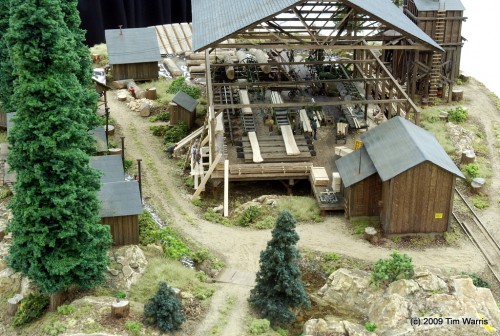
This sawmill model was built by Richard Newmiller and placed first in the diarrhea diorama (stupid spell checker) scratch built category. The detail on this was extensive and very well done. The roof was raided raised to reveal the fully detailed mill interior. A close look into the dormer on the roof shows someone sharpening a saw blade.
The HO scale pickup trucks were very well done and painted perfectly.
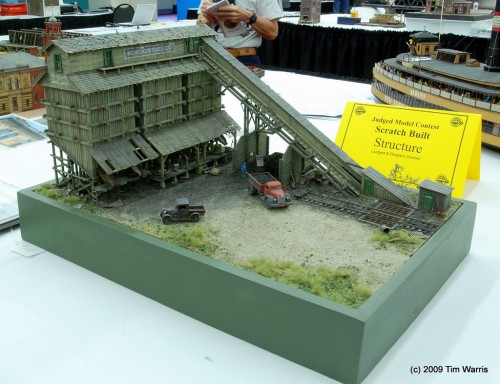
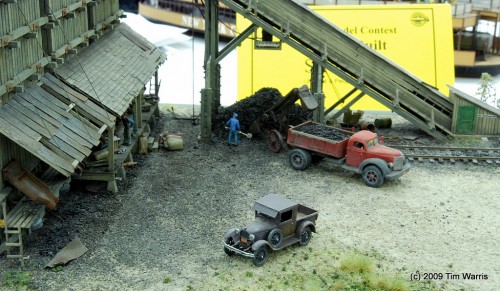
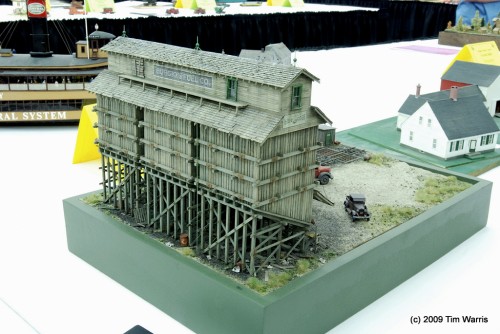
Richard Waltz got an honorable mention in the structures scratch built class for this coal dealer model. Another fine example of modeling. Great job on the fine details, the scattered trash under the main building is very convincing.
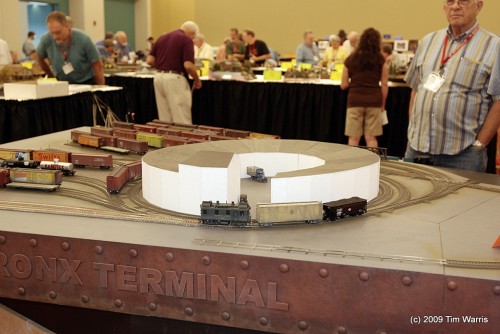
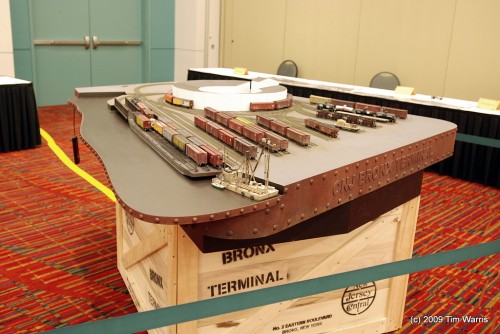
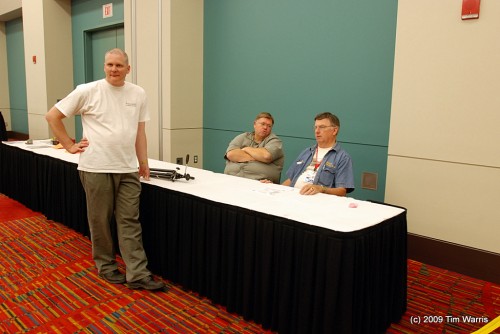
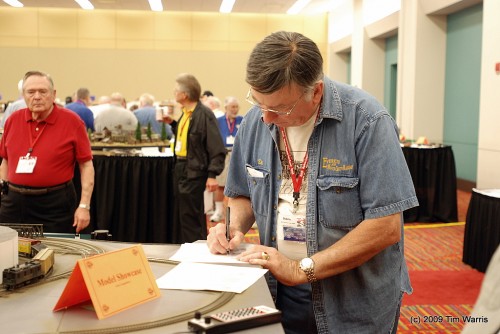
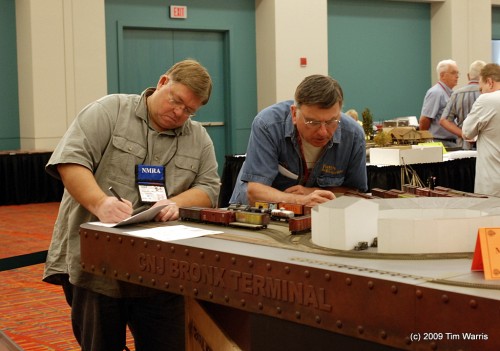
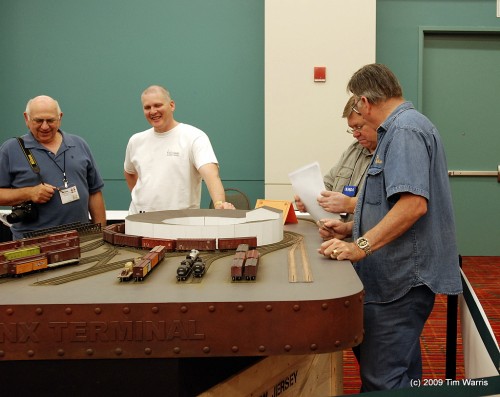
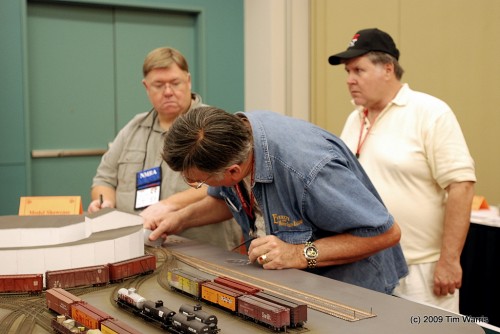
Standards and Conformance Department manager Di Voss offered to check the trackwork on my Bronx Terminal to see if it conformed to NMRA standards. It passed and I received some points toward my Civil Engineering certificate. Clark Kooning, the Canadian Director of the NMRA also checked it, it takes two executives to award points. Checked were a turnout, three way and a crossing.
That pretty much covers all the shots I took in the contest room. I have many, many more from the show to sort through and will get them posted shortly.
-T.


























































